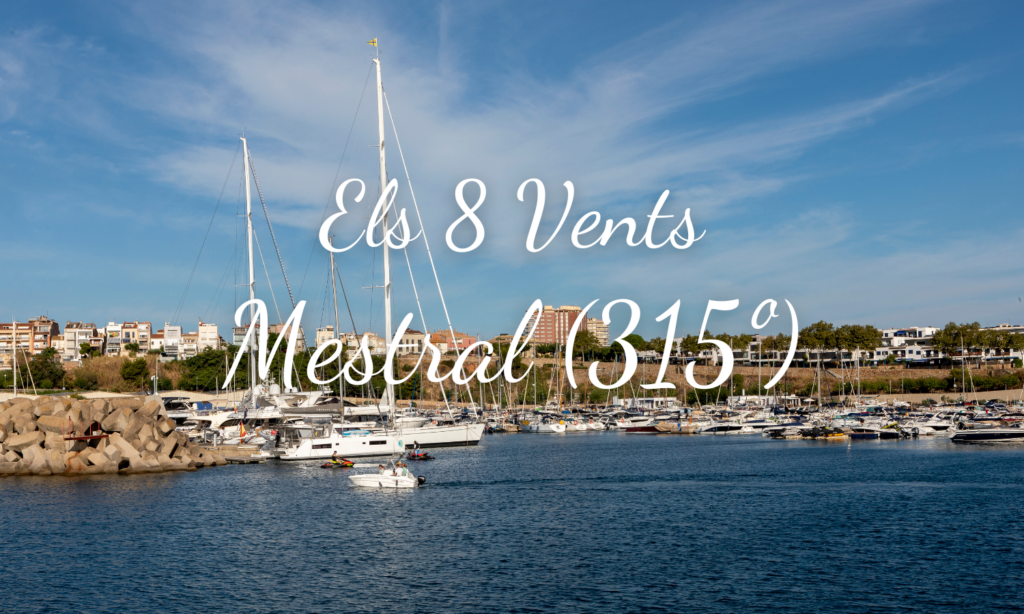Reading: 3 min
The Mistral: The Wind That Sweeps the Sky and Shapes the Mediterranean
The Mistral is one of the most distinctive winds of the Mediterranean. Blowing from the northwest, this cold and dry wind not only shapes the climate but also leaves a deep mark on navigation, nature, and even the culture of the regions it crosses.
The origin of a powerful name
Its name comes from the Latin magistralis, referring to its dominant force and its significance in the region’s wind dynamics. This name reflects its imposing character, with gusts that, in winter, can exceed 100 km/h.

Impact on the sea and navigation
The presence of the Mistral often signals rough seas. This intense wind generates strong waves and challenging conditions for sailors, who must always stay alert. However, for windsurfing and wave surfing enthusiasts, the Mistral is a true ally, providing perfect conditions for these sports.
A clear and brilliant sky
Mediterranean locals often say, “The Mistral cleans the sky.” After it passes, the horizon turns a deep and clear blue, symbolizing renewal and purity. This is due to its ability to swiftly sweep away clouds, leaving behind a transparent and vibrant atmosphere.
Josep Pla and his boat “El Mistral”
The renowned Catalan writer Josep Pla had a special connection with this wind. In fact, he named his boat El Mistral. In 1947, he embarked on a journey to Genoa and recorded his experiences in his literary work, even recounting an unsuccessful smuggling attempt.
A key factor in bird migration
The Mistral not only influences people and the sea but also wildlife. Migratory birds take advantage of its force to move south in search of warmer temperatures. However, its intensity can also make it difficult for some local species to find food.
Architecture shaped by the wind
In Provence, France, the strength of the Mistral has influenced traditional architecture. Many houses are built facing away from the wind to minimize its impact. Additionally, to protect crops, cypress trees are often planted in rows, creating natural barriers against this persistent wind.
The Mistral is a powerful and unstoppable phenomenon that, despite its challenges, is an essential part of Mediterranean identity. Whether clearing the sky, powering sails at sea, or shaping the landscape, this wind remains a symbol of strength and transformation.








